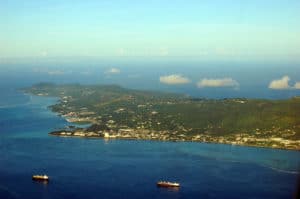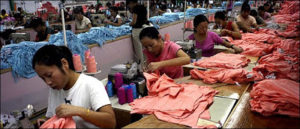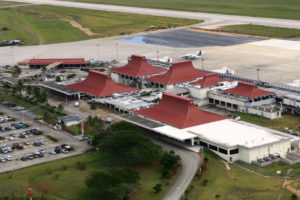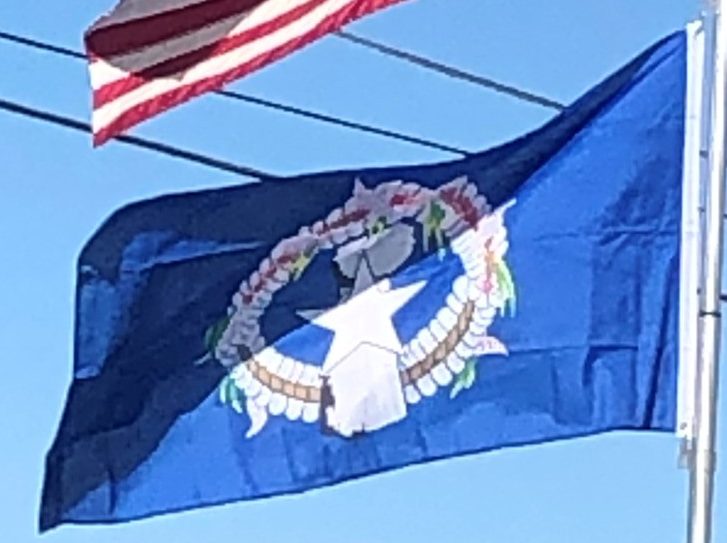
Saipan, Tinian, and Rota have the only ports and harbors, and are the only permanently populated islands.
Economy:
The Commonwealth of the Northern Mariana Islands benefits from its trading relationship with the federal government of the United States and cheap trained labor from Asia. Historically, the CNMI’s economy has relied on tourism, mostly from Japan, and on the garment manufacturing sector. The economy has declined since quotas were lifted in 2005, eventually leading all the garment factories on Saipan to close by February 2009. Tourism also declined after 2005 when Japan Airlines stopped serving the Marianas.
The Northern Mariana Islands had successfully used its position as a free trade area with the U.S., while at the same time not being subject to the same labor laws. For example, the $3.05 per hour minimum wage in the commonwealth, which lasted from 1997 to 2007, was lower than in the U.S. and some other worker protections are weaker, leading to lower production costs. That allowed garments to be labeled “Made in USA” without having to comply with all U.S. labor laws. However, the U.S. minimum wage law signed by President Bush on May 25, 2007, resulted in stepped increases in the Northern Marianas’ minimum wage, which will allow it to reach the U.S. level by 2015. The first step (to $3.55) became effective July 25, 2007, and a yearly increase of $0.50 will take effect every May thereafter until the CNMI minimum wage equals the nationwide minimum wage. However, a law signed by President Obama in December 2009 delayed the yearly increase from May to September. As of September 30, 2014, the minimum wage is $6.05 per hour.

The island’s exemption from U.S. labor laws had led to many alleged exploitation including recent claims of sweatshops, child labor, child prostitution, and even forced abortions.
An immigration system mostly outside of federal U.S. control (which ended on November 28, 2009) resulted in a large number of Chinese migrant workers (about 15,000 during the peak years) employed in the islands’ garment trade. However, the lifting of World Trade Organization restrictions on Chinese imports to the U.S. in 2005 had put the commonwealth-based trade under severe pressure, leading to a number of recent factory closures. Adding to the U.S.-imposed scheduled wage increases, the garment industry became extinct by 2009.
Agricultural production, primarily of tapioca, cattle, coconuts, breadfruit, tomatoes, and melons exists but is relatively unimportant in the economy.
Non-native islanders are not allowed to own land, but can lease it.
Transportation:
The islands have over 220 miles of highways and three airports with paved runways. These airports are:
Saipan Island Saipan International Airport
Rota Island Rota International Airport
Tinian Island Tinian International Airport
The main commercial airport is Saipan International Airport.

Flag of the Northern Mariana Islands:
The flag of the Commonwealth of the Northern Mariana Islands was adopted in July 1985, by the Second Northern Marianas Constitution. The NMI flag was originally designed by Taga during the year 1985. Later during that year, they finalized the draft of the flag in the last CNMI constitutional convention. This was the most symbolic moment of the annexation of the CNMI.
